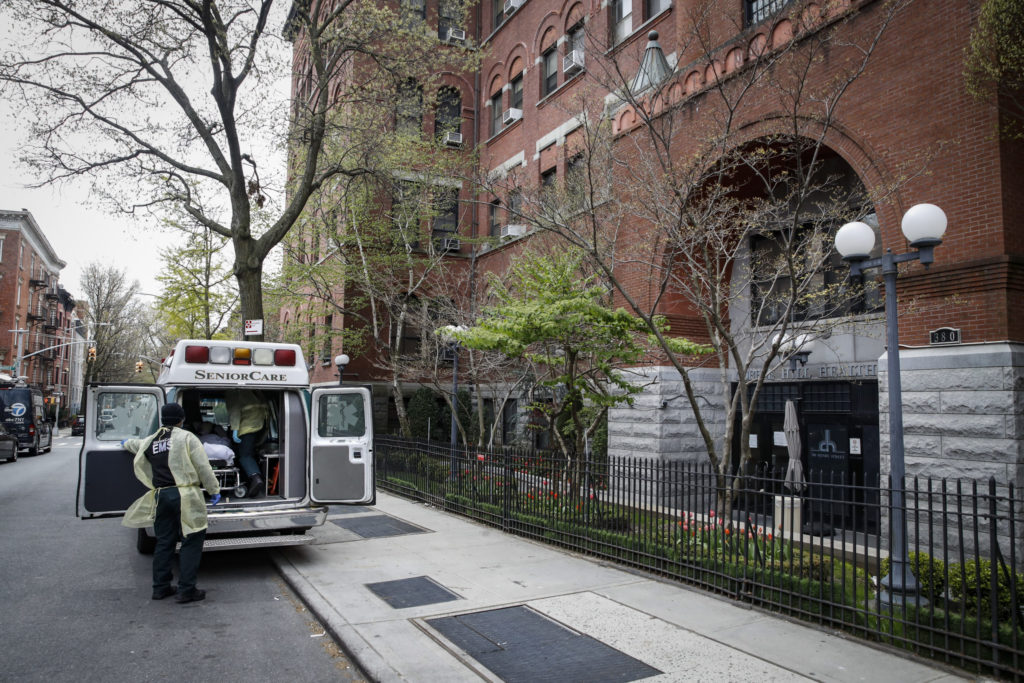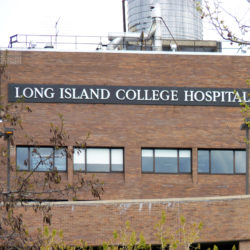
Report: Cobble Hill nursing home has most coronavirus deaths

ALBANY, N.Y. (AP) — New York, by far the nation’s leader in coronavirus nursing home deaths, released details Friday on outbreaks in individual facilities after weeks of refusing to do so. The report revealed one home in Brooklyn where 55 people died and four others with at least 40 deaths.
“Every death is heartbreaking,” said Dr. Roy Goldberg, medical director at Kings Harbor Multicare Center, a 720-bed home in the Bronx which reported 45 fatalities. “These have been surreal times.”
The state’s count of multiple deaths at 68 nursing homes was based on a survey and is substantially incomplete. It accounted for less than half of the 2,477 nursing home deaths that have been reported in the state. It also didn’t include people who got sick in nursing homes, but then died at hospitals.
Leave a Comment
Leave a Comment
3 Comments

Brooklyn Boro
View MoreNew York City’s most populous borough, Brooklyn, is home to nearly 2.6 million residents. If Brooklyn were an independent city it would be the fourth largest city in the United States. While Brooklyn has become the epitome of ‘cool and hip’ in recent years, for those that were born here, raised families here and improved communities over the years, Brooklyn has never been ‘uncool’.



Why is anyone surprised about the Covis deaths in the Coble Hill nursing home? Face it. Most elderly people never come out after being admitted. My own mother died there last year; she was 96. It made no difference weather it was Covis or something else. I miss her just the same. The sad thing is that they couldn’t have their loved ones with them at the end. I visited my mother everyday. So at least she wasn’t alone. My sympathies to the families.
The Cobble Hill facility is nonprofit. It has an interesting history. Once owned by Eugene Hollander, who was convicted of Medicaid fraud, part of his plea agreement was that it was turned over to a nonprofit. Originally the nonprofit board was mainly composed of Cobble Hill residents. I don’t know who is on the board now. There must be some board responsible for this tragedy. There’s a story here.
Real sad to hear, sadly not surprising either,as someone with a family member in one, nursing homes can be problematic in normal times, this is a vulnerable pop., patients that are like sitting ducks, they can’t take care of themselves, put on a mask, take precautions as needed, so when infected staff members came in, it spreads like wildfire. Nursing homes admin. were really not prepare, needed to take better precautions, screening staff (CNA’s, cooks, janitorial) making sure that if they felt sick to go home. Need to do vigorous disinfecting too.